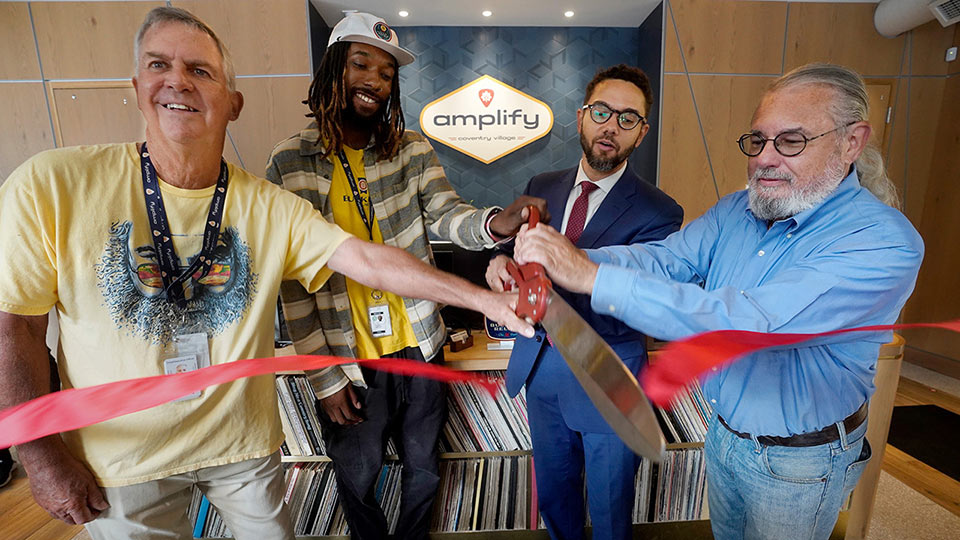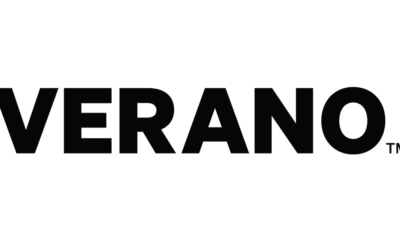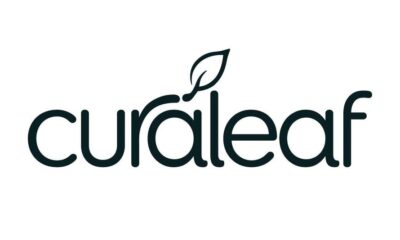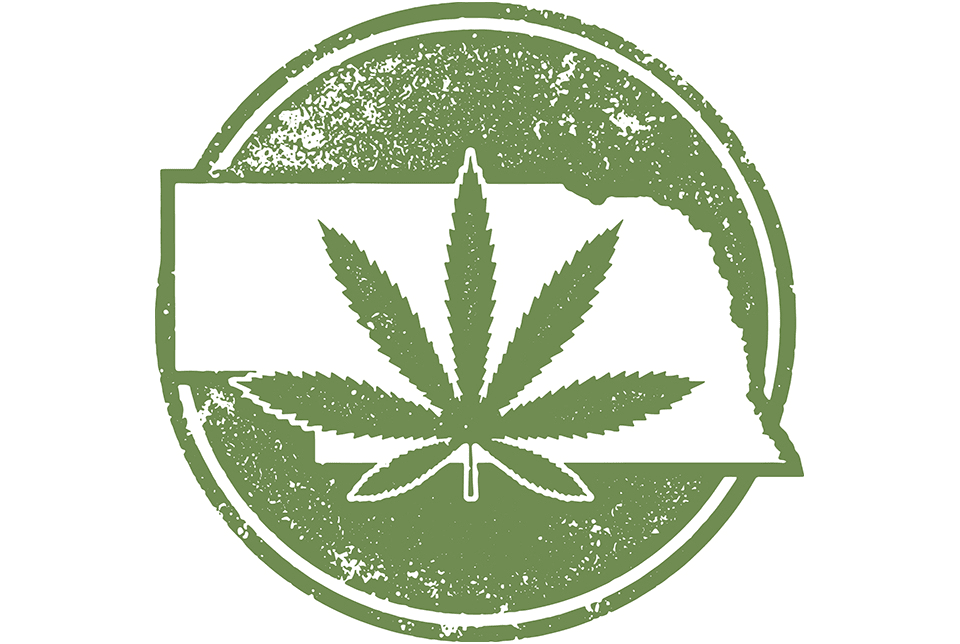This story was republished with permission from Crain’s Cleveland Business.
Ohio logged more than $11.5 million in non-medical marijuana sales across the first five days of adult-use business between Aug. 6 — when rec sales launched — and Aug. 10, according to data posted by the Ohio Division of Cannabis Control.
Industry operators indicate that sales were especially strong on the inaugural day and the following Saturday. Regardless of any ups and downs, that total sales figure points to an average of $2.3 million in rec sales per day across those first five days.
Medical marijuana sales over that same period totaled approximately $8.3 million, according to state data, or about $1.66 million per day on average.
Aug. 6 was a milestone day for Ohioans, who approved adult-use marijuana through a referendum last November. And despite severe weather that pummeled parts of the state that afternoon, patrons came out in force.
Andy Rayburn, CEO of Buckeye Relief and president of the OHCANN trade group, spent much of the first couple of days of the adult-use launch talking with customers in lines outside his Amplify dispensaries in Cleveland Heights, Bedford and Columbus. “The flow of people never stopped,” he said.
“The activity was strong at our dispensaries, and I think the scene I’m describing was common throughout the state with lines out the door most of the (first) day,” Rayburn said.
Jason Erkes, a spokesperson for Cresco Labs, a Chicago-based multi-state cannabis company — which is vertically integrated in Ohio with five dispensaries in the state operating under the brand Sunnyside — said that sales “exceeded our expectations.”
“Any way you look at it, Ohio had an incredible performance in the first week of sales that is on par or exceeds revenues for other adult use launches, like Illinois,” he said. “Some of our Sunnyside stores saw as many as 1,250 customers a day for the first week and sales that are more than double what we were seeing with patients before the conversion.”
The first five sales days in Ohio resulted in 138,466 total transactions across the 98 licensed dual-use dispensaries in the state, according to DCC data.
“Ohioans were clearly ready and excited for the historic end of cannabis prohibition in the Buckeye State,” said Trip McDermott, chief operating officer of Chicago-based Verano. “Since the start of adult-use sales, foot traffic and transactions have already increased two- to three-times across all five Zen Leaf dispensaries statewide in comparison to previous medical-only operations, and we expect to continue seeing robust activity at our stores and via third-party wholesale sales of our products for the foreseeable future.”
Prices were elevated, but that was to be expected for a new adult-use market.
DCC reports that a “day unit” of cannabis flower in that initial five-day period — which is one-tenth of an ounce, or 2.8 grams — retailed for $26.59. Add to that a 10% excise tax and an average sales tax across the state of 7.2%, and that item cost a little over $31 out the door.
That $26.59 price was about 20% higher than the average cost for the same amount of flower a week prior in the state’s medical-only market, which was right in line with expectations.
That price may seem expensive when compared with neighboring states like Michigan, where an ounce of flower commonly retails for $70 pre-tax and an ounce of shake may be as cheap as $25. Of course, Michigan is dealing with a saturated market, which is driving down prices there.
“I think there are some customers who will continue to go to Michigan dispensaries despite the poor quality of product that is available and despite the inconvenience of spending hours in the car and really blowing a whole day to do that when they can drive 10 minutes to an Amplify dispensary or elsewhere to get it done,” Rayburn said.
“Unless you’re buying thousands of dollars of marijuana products at one time, the question is, is it worth it? I think some people will still do that,” he added. “But Ohio’s prices will come down across next year.”
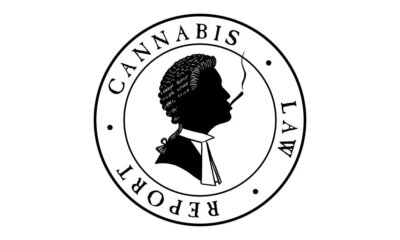
 California Cannabis Updates1 year ago
California Cannabis Updates1 year ago
 Breaking News1 year ago
Breaking News1 year ago
 best list1 year ago
best list1 year ago
 Business12 months ago
Business12 months ago
 cbd1 year ago
cbd1 year ago
 Bay Smokes1 year ago
Bay Smokes1 year ago
 autoflower seeds12 months ago
autoflower seeds12 months ago
 cannabis brands12 months ago
cannabis brands12 months ago
